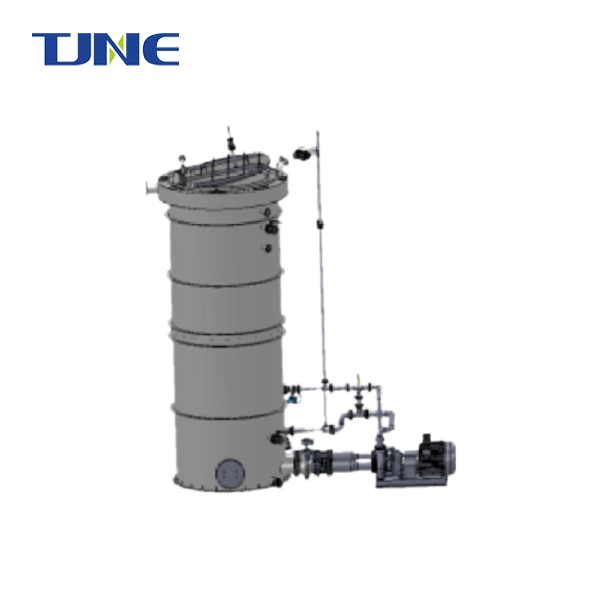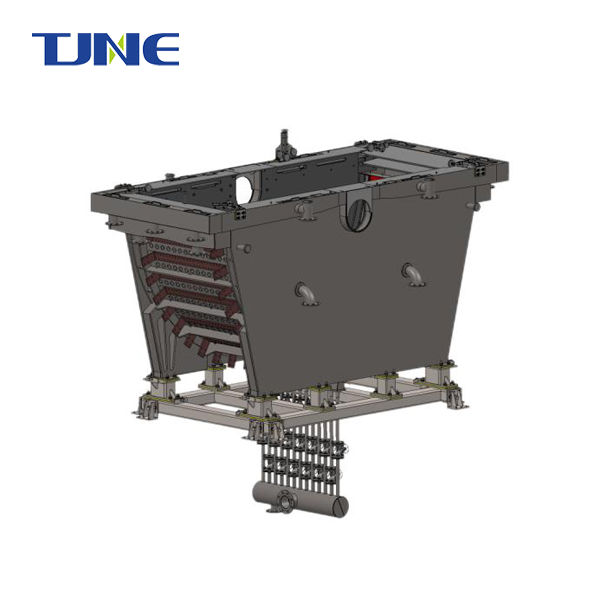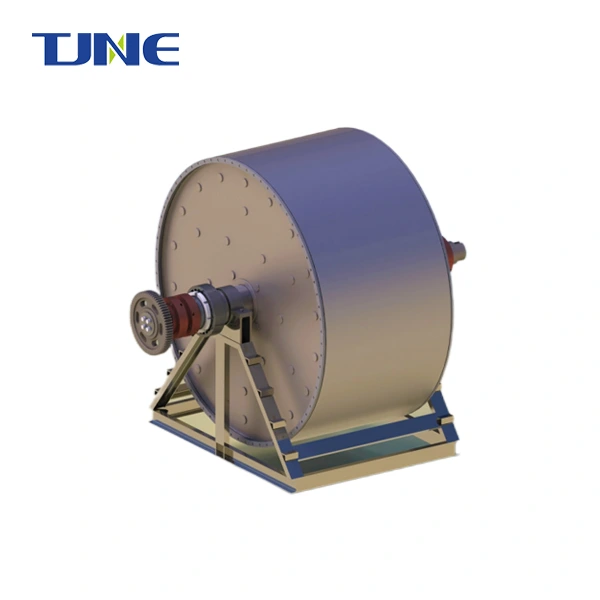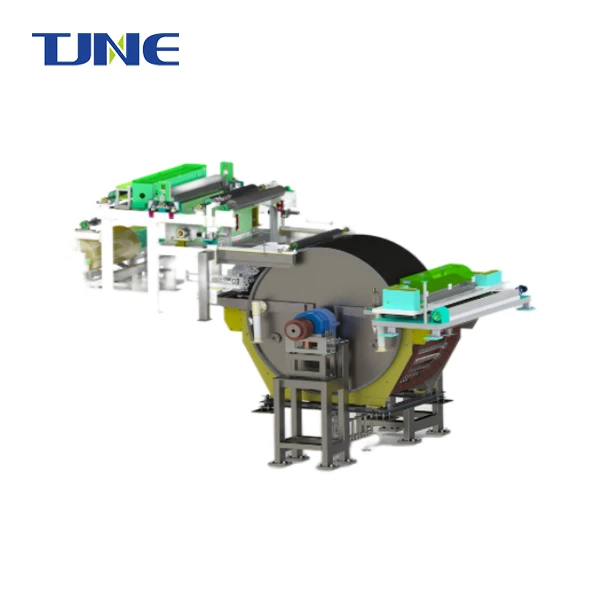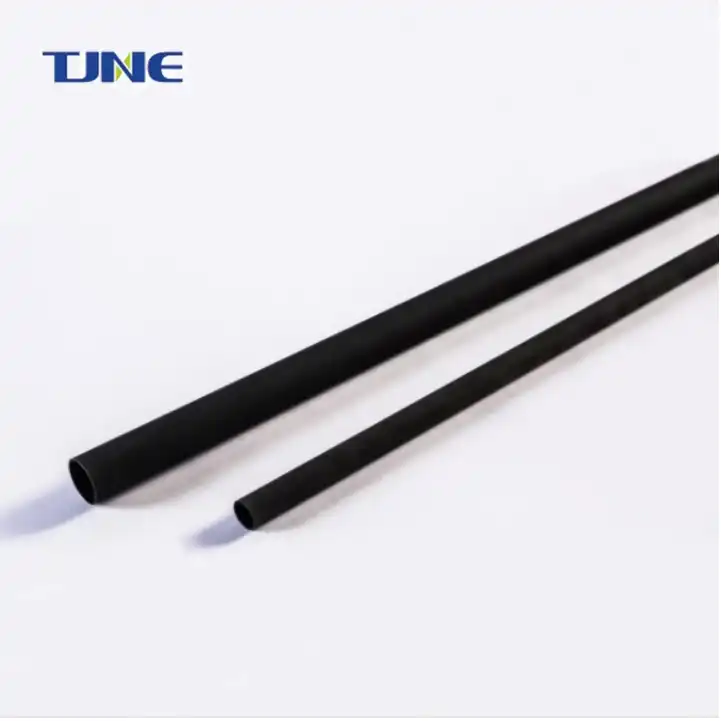- English
- French
- German
- Portuguese
- Spanish
- Russian
- Japanese
- Korean
- Arabic
- Greek
- German
- Turkish
- Italian
- Danish
- Romanian
- Indonesian
- Czech
- Afrikaans
- Swedish
- Polish
- Basque
- Catalan
- Esperanto
- Hindi
- Lao
- Albanian
- Amharic
- Armenian
- Azerbaijani
- Belarusian
- Bengali
- Bosnian
- Bulgarian
- Cebuano
- Chichewa
- Corsican
- Croatian
- Dutch
- Estonian
- Filipino
- Finnish
- Frisian
- Galician
- Georgian
- Gujarati
- Haitian
- Hausa
- Hawaiian
- Hebrew
- Hmong
- Hungarian
- Icelandic
- Igbo
- Javanese
- Kannada
- Kazakh
- Khmer
- Kurdish
- Kyrgyz
- Latin
- Latvian
- Lithuanian
- Luxembou..
- Macedonian
- Malagasy
- Malay
- Malayalam
- Maltese
- Maori
- Marathi
- Mongolian
- Burmese
- Nepali
- Norwegian
- Pashto
- Persian
- Punjabi
- Serbian
- Sesotho
- Sinhala
- Slovak
- Slovenian
- Somali
- Samoan
- Scots Gaelic
- Shona
- Sindhi
- Sundanese
- Swahili
- Tajik
- Tamil
- Telugu
- Thai
- Ukrainian
- Urdu
- Uzbek
- Vietnamese
- Welsh
- Xhosa
- Yiddish
- Yoruba
- Zulu
How Do Electrodeposited Titanium Electrodes Enhance Copper Plating Efficiency and Quality?
Electrodeposited titanium electrodes have emerged as a promising solution for enhancing the copper plating process in various industrial applications. These electrodes offer several advantages over traditional materials, including improved efficiency, durability, and quality of the final copper-plated products. In this blog post, we will explore the benefits of using electrodeposited titanium electrodes for copper plating and address some common questions related to this technology.
How does electrodeposited titanium compare to other electrode materials for copper plating?
Electrodeposited titanium electrodes have gained significant attention in the field of copper plating due to their unique properties and advantages over conventional electrode materials. To understand the benefits of using these electrodes, it's essential to compare them with other commonly used materials in the industry.
One of the primary advantages of electrodeposited titanium electrodes is their exceptional corrosion resistance. Unlike traditional materials such as stainless steel or graphite, titanium forms a stable oxide layer on its surface, which protects it from chemical attack in aggressive plating environments. This resistance to corrosion translates to longer electrode life and reduced maintenance costs for plating operations.
Another critical factor is the conductivity of the electrode material. While titanium itself is not as conductive as some other metals, the electrodeposition process allows for the creation of a highly conductive surface layer. This layer, typically composed of platinum group metals or their oxides, combines the corrosion resistance of titanium with excellent electrical conductivity. As a result, electrodeposited titanium electrodes can achieve higher current densities and more uniform current distribution compared to other materials, leading to improved plating efficiency and quality.
The dimensional stability of electrodeposited titanium electrodes is also superior to many alternatives. During the plating process, some electrode materials may warp or deform due to thermal stress or chemical reactions. Titanium, however, maintains its shape and size even under harsh conditions, ensuring consistent performance and plating results over time.
Furthermore, the surface characteristics of electrodeposited titanium electrodes can be tailored to optimize the plating process. By controlling the electrodeposition parameters, it's possible to create electrodes with specific surface morphologies that enhance mass transfer and promote uniform copper deposition. This level of customization is often not achievable with conventional electrode materials.
When it comes to environmental considerations, titanium electrodes offer advantages as well. They do not release harmful substances into the plating bath, unlike some carbon-based electrodes that may shed particles over time. This not only contributes to a cleaner plating process but also helps maintain the purity of the deposited copper.
In terms of cost-effectiveness, while the initial investment in electrodeposited titanium electrodes may be higher than some alternatives, their long lifespan and improved performance often result in lower overall operational costs. The reduced need for electrode replacement and maintenance, combined with enhanced plating efficiency, can lead to significant savings in the long run.
It's worth noting that the choice of electrode material depends on various factors, including the specific plating application, bath composition, and desired properties of the copper deposit. However, for many high-performance plating operations, electrodeposited titanium electrodes offer a compelling combination of durability, efficiency, and quality that is difficult to match with other materials.
What are the key factors affecting the performance of electrodeposited titanium electrodes in copper plating?
The performance of electrodeposited titanium electrodes in copper plating processes is influenced by several key factors. Understanding these factors is crucial for optimizing the plating process and achieving the desired results. Let's explore the most significant variables that affect the performance of these electrodes.
1. Electrode composition and surface treatment:
The composition of the electrodeposited layer on the titanium substrate plays a vital role in electrode performance. Typically, this layer consists of platinum group metals (PGMs) or their oxides, such as iridium oxide or ruthenium oxide. The choice of coating material affects the electrode's catalytic activity, conductivity, and stability. For instance, iridium oxide coatings are known for their excellent stability and low overpotential for oxygen evolution, which can be beneficial in certain copper plating applications.
The surface treatment of the titanium substrate before electrodeposition is also crucial. Proper surface preparation, including cleaning, etching, and sometimes roughening, ensures good adhesion of the deposited layer and can enhance the electrode's overall performance and longevity.
2. Electrode geometry and design:
The geometry of the electrode significantly impacts current distribution and mass transfer in the plating bath. Electrodeposited titanium electrodes can be manufactured in various shapes and sizes, including plates, meshes, and expanded metal forms. Each design has its advantages depending on the specific plating requirements.
For example, mesh electrodes offer high surface area and improved mass transfer, which can be beneficial for achieving uniform copper deposits. Plate electrodes, on the other hand, may be preferred in applications where precise dimensional control is critical. The choice of electrode design should consider factors such as current distribution, gas evolution, and the geometry of the parts being plated.
3. Plating bath composition and conditions:
The composition of the copper plating bath significantly affects electrode performance. Factors such as copper concentration, acid content, and the presence of additives all play a role. Electrodeposited titanium electrodes are generally compatible with a wide range of plating bath compositions, but their performance can be optimized by adjusting these parameters.
For instance, the presence of chloride ions in the bath can affect the stability of some electrode coatings. In such cases, selecting a coating material resistant to chloride attack or adjusting the bath composition may be necessary to maintain electrode performance.
4. Current density and waveform:
The applied current density is a critical factor in copper plating processes. Electrodeposited titanium electrodes typically allow for higher current densities compared to some traditional materials, which can lead to increased plating rates. However, it's essential to operate within the optimal current density range to avoid issues such as gas evolution or uneven copper deposition.
The current waveform (e.g., DC, pulsed DC, or periodic reverse) also affects electrode performance. Pulsed or periodic reverse waveforms can sometimes improve deposit uniformity and reduce gas bubbling at the electrode surface, enhancing overall plating quality.
5. Temperature and agitation:
The temperature of the plating bath affects reaction kinetics and mass transfer processes. Electrodeposited titanium electrodes generally perform well across a wide temperature range, but optimal performance is typically achieved within a specific temperature window for each application.
Agitation of the plating solution is another crucial factor. Proper agitation helps maintain uniform electrolyte concentration near the electrode surface, promotes mass transfer, and can assist in removing gas bubbles. The type and degree of agitation should be carefully controlled to optimize electrode performance and deposit quality.
In conclusion, the performance of electrodeposited titanium electrodes in copper plating processes is influenced by a complex interplay of factors. By carefully considering and optimizing these variables, plating operators can leverage the full potential of these advanced electrodes to achieve superior copper plating results. Regular monitoring and adjustment of these factors are essential for maintaining optimal electrode performance and ensuring high-quality copper deposits.
How can electrodeposited titanium electrodes improve the efficiency and quality of copper plating?
Electrodeposited titanium electrodes have the potential to significantly enhance both the efficiency and quality of copper plating processes. These improvements stem from the unique properties of these electrodes and their interactions with the plating environment. Let's explore in detail how these electrodes contribute to better plating outcomes.
1. Enhanced current efficiency:
One of the primary ways electrodeposited titanium electrodes improve plating efficiency is through their ability to support higher current densities. The conductive coating on these electrodes, typically composed of platinum group metals or their oxides, allows for efficient electron transfer. This means that more current can be applied to the plating process without causing unwanted side reactions or electrode degradation.
Higher current densities translate directly to faster plating rates, allowing for increased production throughput. However, it's important to note that the optimal current density depends on various factors, including bath composition and part geometry. Electrodeposited titanium electrodes provide the flexibility to operate at a wider range of current densities, enabling process optimization for different applications.
2. Improved current distribution:
The uniform and stable surface of electrodeposited titanium electrodes contributes to better current distribution across the plating surface. This uniformity is crucial for achieving consistent copper deposits, especially on complex geometries or large surface areas.
Improved current distribution leads to several benefits:
- More even copper thickness across the plated part
- Reduced risk of "burning" or nodule formation in high current density areas
- Better coverage of low current density areas, such as recesses or interior surfaces
- Overall improvement in deposit quality and appearance
3. Reduced side reactions:
The catalytic properties of the electrodeposited coating can be tailored to favor the copper reduction reaction while minimizing unwanted side reactions, such as hydrogen evolution. This selectivity improves the overall efficiency of the plating process by ensuring that a larger proportion of the applied current goes towards copper deposition rather than being wasted on secondary reactions.
Reduced hydrogen evolution has several additional benefits:
- Decreased risk of hydrogen embrittlement in susceptible materials
- Improved deposit quality by minimizing pitting or porosity caused by hydrogen bubbles
- Enhanced energy efficiency of the plating process
4. Longer electrode lifespan:
The corrosion resistance of titanium, combined with the stability of the electrodeposited coating, results in electrodes that maintain their performance over extended periods. This longevity brings several efficiency improvements:
- Reduced downtime for electrode replacement or maintenance
- More consistent plating results over time, as electrode degradation is minimized
- Lower operational costs due to decreased need for electrode replacement
5. Improved mass transfer:
The surface morphology of electrodeposited titanium electrodes can be optimized to enhance mass transfer in the plating bath. This can be achieved through controlled roughness or specific surface structures created during the electrodeposition process.
Enhanced mass transfer contributes to efficiency and quality in several ways:
- More uniform copper concentration at the cathode surface, leading to more consistent deposition
- Reduced diffusion limitations, allowing for higher plating rates
- Improved incorporation of brighteners and other additives into the copper deposit
In conclusion, electrodeposited titanium electrodes offer a multifaceted approach to improving both the efficiency and quality of copper plating processes. By addressing key aspects such as current efficiency, distribution, side reactions, and mass transfer, these electrodes provide a comprehensive solution for enhancing plating outcomes. As the technology continues to evolve, we can expect further refinements and innovations that will push the boundaries of what's possible in copper plating applications.
If you are interested in the products of Xi'an Taijin New Energy Technology Co., Ltd., please contact yangbo@tjanode.com.
References:
1. Walsh, F. C., & Ponce de León, C. (2014). A review of the electrodeposition of metal matrix composite coatings by inclusion of particles in a metal layer: an established and diversifying technology. Transactions of the IMF, 92(2), 83-98.
2. Kasturibai, S., & Kalaignan, G. P. (2014). Characterization of electrodeposited copper-titanium nanocomposite coatings. Materials Chemistry and Physics, 147(3), 1042-1048.
3. Paunovic, M., & Schlesinger, M. (2006). Fundamentals of electrochemical deposition (Vol. 45). John Wiley & Sons.
4. Deligianni, H., & Romankiw, L. T. (1993). In situ surface pH measurement during electrolysis using a rotating pH electrode. IBM Journal of Research and Development, 37(2), 85-95.
5. Chin, D. T., & Tsang, C. H. (1978). Mass transfer to an impinging jet electrode. Journal of The Electrochemical Society, 125(9), 1461.
6. Ibl, N. (1980). Some theoretical aspects of pulse electrolysis. Surface Technology, 10(2), 81-104.
7. Landolt, D., & Marlot, A. (2003). Microstructure and composition of pulse-plated metals and alloys. Surface and Coatings Technology, 169, 8-13.
8. Vasilache, V., Gutt, S., Gutt, G., & Vasilache, T. (2009). Electrodeposition of titanium on copper substrate. Revista de Chimie, 60(4), 428-430.
9. Kuhn, A. T. (Ed.). (1971). Industrial electrochemical processes. Elsevier Publishing Company.
10. Schlesinger, M., & Paunovic, M. (Eds.). (2011). Modern electroplating (Vol. 55). John Wiley & Sons.






